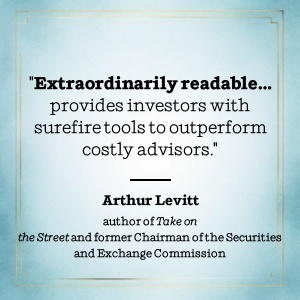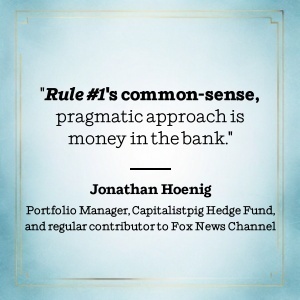Servicios al cliente
Sobre nosotros
Copyright © 2025 Desertcart Holdings Limited
Desert Online General Trading LLC
Dubai, United Arab Emirates


Rule #1: The Simple Strategy for Successful Investing in Only 15 Minutes a Week!



Trustpilot
Hace 1 semana
Hace 2 semanas
Hace 3 días
Hace 2 meses